Your Ultimate Guide for How to Pack a Carry-On Bag
Packing your carry-on luggage can be one of the toughest aspects of your upcoming trip, but does it have to be? Most of us use our carry-on as a sort of “catch-all” location for those items that we may want during our trip or those that would remove a few items from our suitcase to get us under the weight limit. Isn’t it time we learned how to pack a carry-on bag like a pro?
I’m going to provide you with 2 great strategies for packing your carry-on that will bring clarity and function to misunderstood, but very powerful piece of luggage. To simplify your future travels, download the Carry-on Packing List as part of the Traveller’s Handbook, below.
My first strategy is to optimize your carry-on for just the essentials, minimizing weight of checked baggage and allowing you to survive a few day in case of lost bags.
My second option is for those who are ready to take your travel to the next level. If you’re tired of wasting time waiting at baggage return carousels; if you’re tired of tracking down lost luggage; if you’re sick of extra fees, I’ll show you how you can do away with that bulky suitcase and join the growing legion of carry-on only travelers!
Regardless of the strategy that fits your travel lifestyle, you’ll need to start with having the right gear and all of your necessary paperwork.
Gear
- Carry-on Luggage: Choose luggage that matches your travel style and fits within your airline’s carry-on luggage rules, and make sure it has lockable zippers.
- Personal Item: Your personal item can be a messenger bag, duffel bag, purse, or small daypack. Most airlines don’t publish specific size rules for personal items, but they must be carried (no wheeled bags) and need to fit under the seat in front of you. Don’t be that selfish guy who takes up 2 spaces in the overhead bin!
- Luggage Lock: A small, TSA-approved padlock is a great theft-deterrent, and can put your mind at ease if you will be traveling on trains or buses or staying in hostels.
- Water bottle: Carrying your own water bottle can help you stay hydrated without going through too many disposable plastic bottles. Just make sure you fill it up AFTER going through airport security.
- Pen: For filling out customs forms.
- Notebook: For documenting your trip, taking notes, or getting addresses written in the local language. I recommend this travel journal with magnetic closure for its size and style.
Paperwork
- Passport: Don’t leave home without it. Passport requirements vary by country. To be safe, make sure that your passport is valid for six months beyond the end of your trip.
- ID: A form of identification from your home country, for example a driver’s license, can serve as extra proof of your identity.
- Boarding pass: After your passport, your boarding pass is your most important document. Mobile boarding passes are convenient, but make sure that you’ll have internet access via your phone if you plan to use one
- Itinerary: Some countries won’t let you in without a guarantee of when you’ll leave. Pack a copy of your complete itinerary, including evidence of when you’ll leave the country, to appease border security. For your own convenience, print out the address of where you’re staying (for customs forms and taxi drivers), and confirmation of your visa on arrival (if required).
- Copy of important documents: Make copies of your passport, ID, credit cards, and debit cards. If your passport is stolen, you’ll have an easier time getting another one if you have a copy of the information page from your original. If your wallet is stolen, you can reference the copies of your cards to find the phone numbers to call to cancel your cards.
- Extra passport pics: Pack a few extras as some countries, like Vietnam, require passport photos on entry.
- Money: Bring your preferred mix of a debit card, a credit card, and an emergency stash of US cash (preferably in $20 bills).
Toiletries
I’m going to draw special attention to this next section because this is where many travellers take up unnecessary space and add precious weight that could better be utilized elsewhere. I’m talking about toiletries! Now I know that some of us have that one type of shampoo we have to use to avoid our hair turning green and breaking out in rashes, so I’m not going to suggest that everyone do away with your regular products and buy cheap generic travel-sized products from your local grocery of drug store. What I am going to recommend is doing away with those full-size containers!
- Take only the essentials! For carry-ons, your liquids and gels must be in 100ml (4 ounce) bottles and those bottles must fit into a 1L (1 quart) plastic bag. Each passenger may only carry one such bag.
- For a more minimal approach, pack only the bare necessities: a toothbrush, toothpaste, and face wash. Just enough to feel human during your travels and you can always buy the rest of your supplies when you land.
- For anything that you must pack, use travel size where possible. Many companies offer travel or sample sizes of their products if you ask about them. If you really can’t find a smaller size pour what you need into GoToobs and leave the rest at home.
Now here is where our lists will diverge a bit depending on which travel strategy you choose for yourself. If you are going to take a checked bag, then your carry-on need only contain the essential electronics to be used on flight and enough clothes to last 1-2 days (an a swimsuit) in case of a lost bag. All extra camera lenses, power packs, portable hard drives, pants, shoes, outerwear, etc. can be placed in your suitcase. For more tips on suitcase packing, check out my full Travel Packing List. For those who are taking the carry-on only approach, here are the electronics and clothes essentials you need to pack for your trip:
Electronics
- Smartphone: There are a number of options for smartphone/cellphone usage while traveling. Carrying an unlocked smartphone will enable you to swap in cheap, local SIM cards in most countries. Alternatively, you can turn off roaming on your phone and rely on WiFi, or you can simply buy a cheap local phone when you arrive.
- Smartphone Charger: Most people’s #1 most forgotten item!
- Earbuds: For listening to music or podcasts on long flights and for calling home. You can use the Apple earbuds that came with your iPhone, or upgrade to something like Beats by Dre Solo 2.0 that are fold-able for better storage.
- Travel Adapter: Pick one that will fit plugs in any region of the world, like this one from Orei Mate(M8)
- Portable Power: Nobody wants to be restricted by battery life while exploring the sights on your bucket list. Be sure to bring a mobile power bank so you never have to worry about an uncharged phone or tablet.
Clothes
- The clothes you bring along with you will vary by your style, trip length, and the weather at your destination. This packing list is to be used as a guide that is adaptable to your style. It’s designed to get you started and to show you how much can fit in a standard carry-on bag.
- Outerwear: Make sure that you can either wear your coat at all times (heavy winter coats) or pack it away. Even a lightweight hoodie can eat up space in your bag.
- Tops: 4 short-sleeved shirts, 2 long-sleeved shirts. With the one you’re wearing, this will give you a week’s worth of differentshirts without repeating.
- Bottoms: 2 pairs of pants/shorts or 2 skirts, 1 pair gym shorts, 1 swimsuit. This will give you 3 pairs in total, including the pants that you’re wearing. Those will get you through the week without repeating any one pair too much. Pants can be bulky, so pack conservatively, and always wear your jeans because they will use up too much space in your bag.
- Underwear: 6 pairs of underwear, 6 pairs socks. Combined with what you’re wearing, this will get you through an entire week without doing laundry.
- Shoes: 1 pair lightweight packable shoes. If you’re bringing more than one pair of shoes, pack the lighter pair. Your boots or sneakers might not be as convenient for air travel, but they’ll use up too much space in your bag. Wear them even if they don’t make sense with your flight outfit or destination weather.
- Accessories: 1 scarf/sarong, 1 pair sunglasses, and glasses/contacts as needed. Pack the necessities you need and functional items, like scarves, that you can use in multiple ways.
Packing light is about more than just saving money. Packing light minimizes your physical and mental burden. Trade stuff for convenience, flexibility, and fun, and skip the baggage claim lines on your next trip!
Was this helpful for you? If so, please share it with a friend who you think would get value!
Be sure to comment below and let me know your tips for how to pack a carry-on bag!
P.S. If you’d LOVE to start Your Own Blog with “Just 3 Clicks”, check THIS out!
Was this valuable for you? If so I’d really appreciate your comments below and shares on social media.


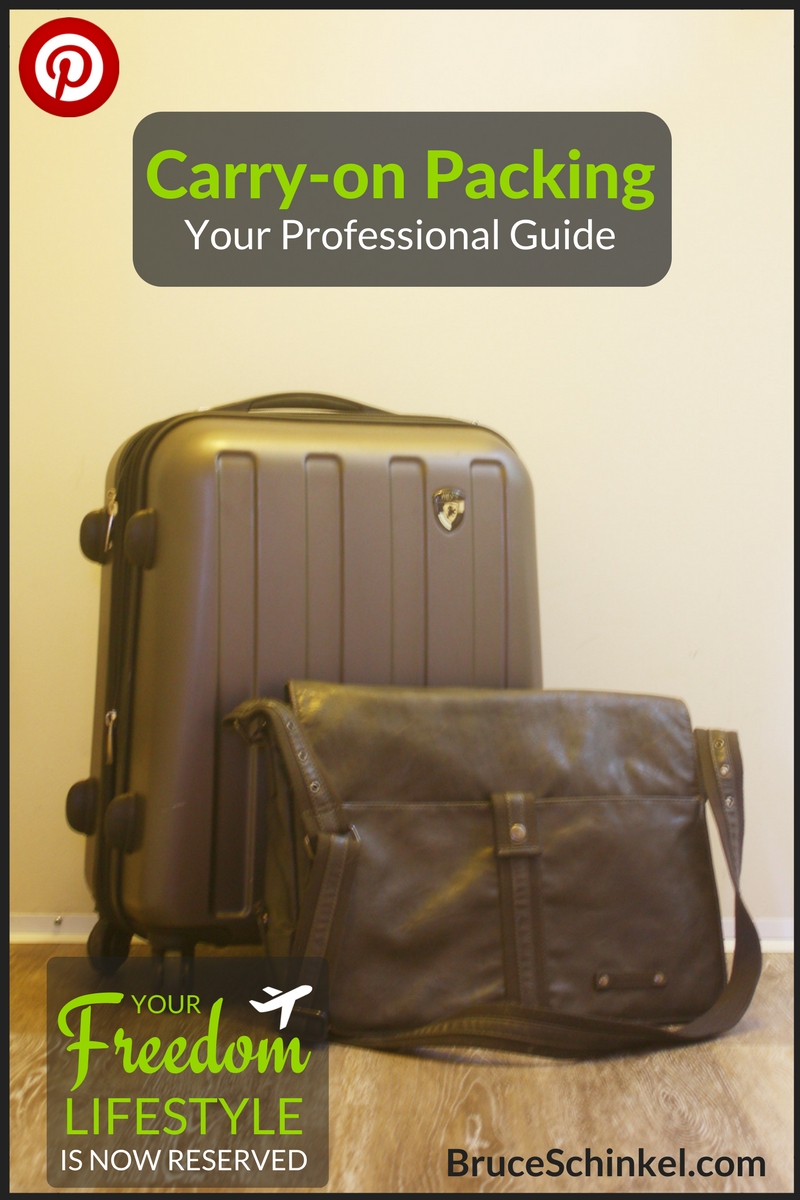




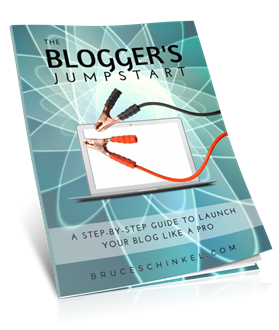
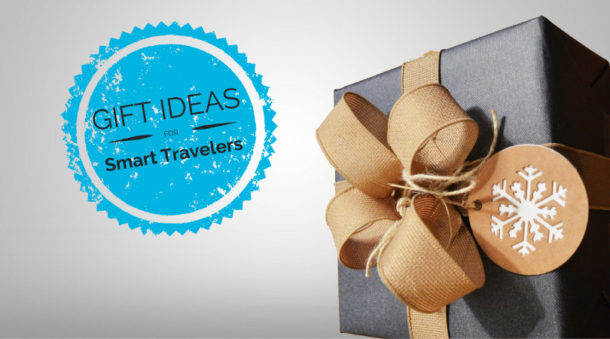
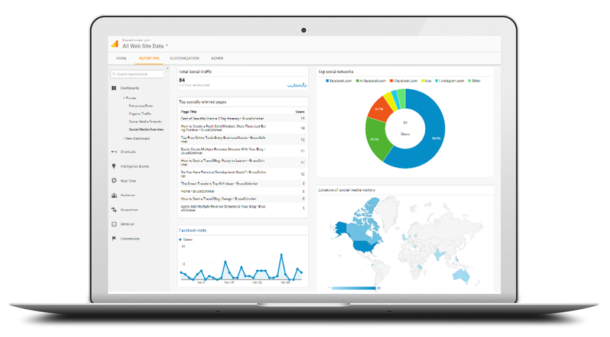
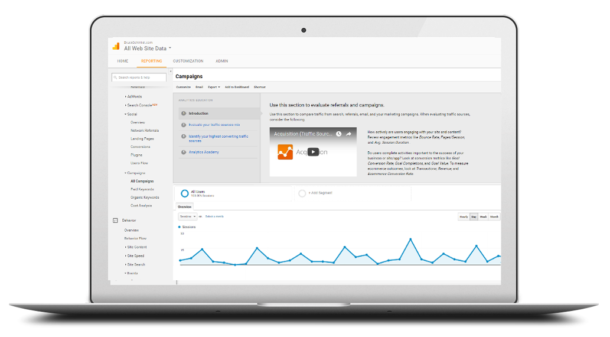

Great article love it 🙂
Thanks so much Tahir! I’m glad you got some value from these tips